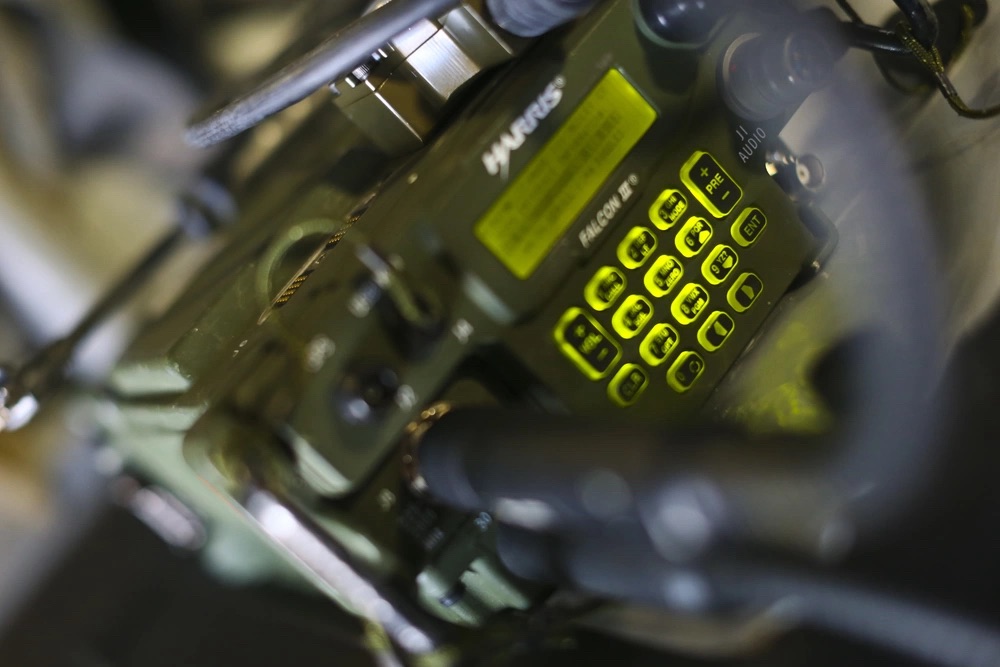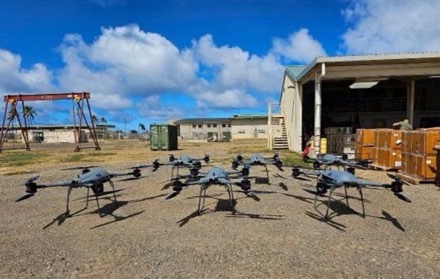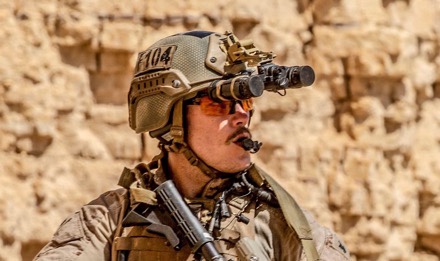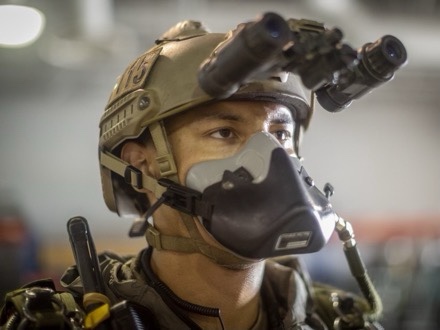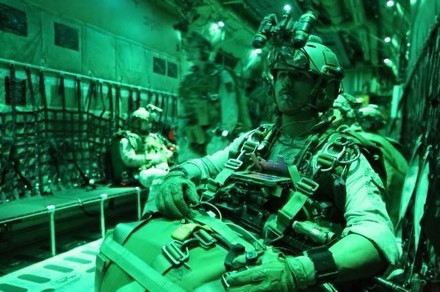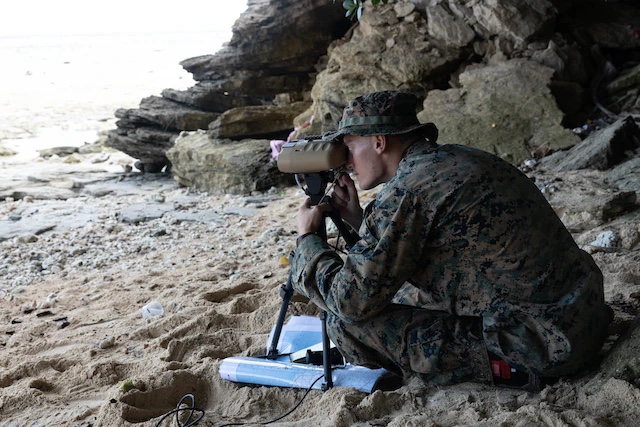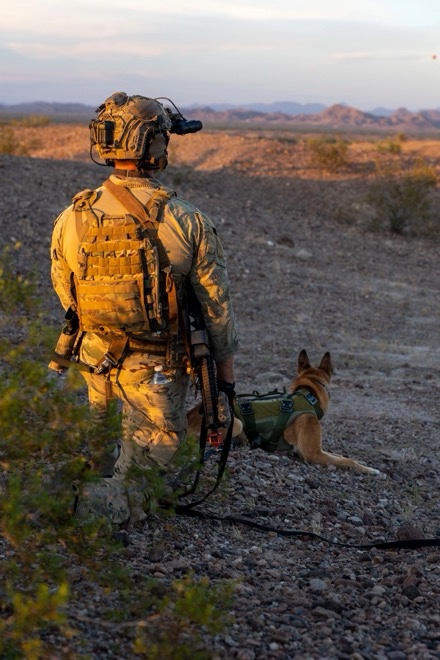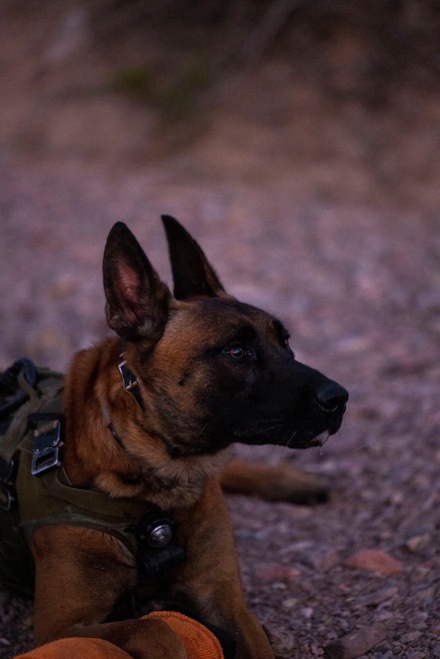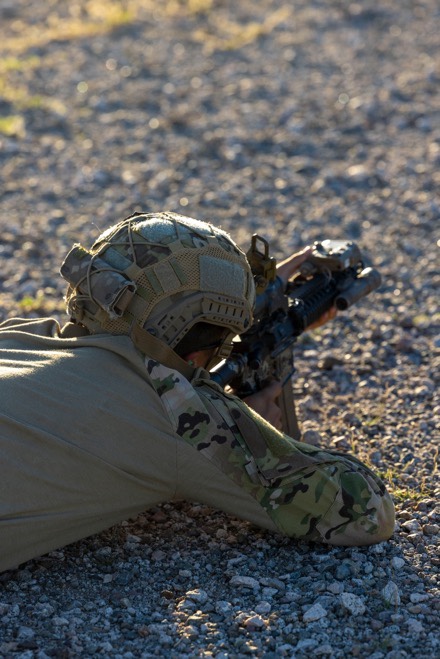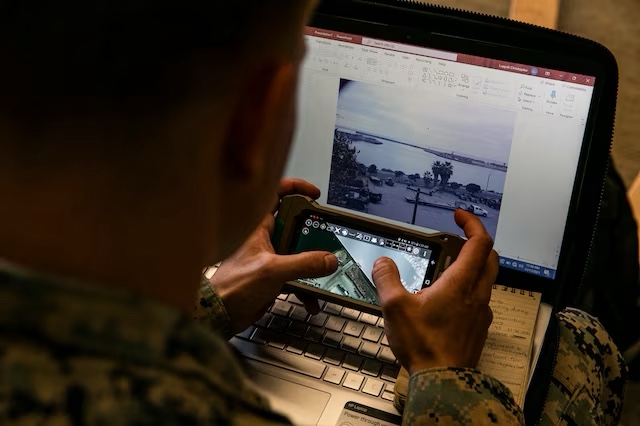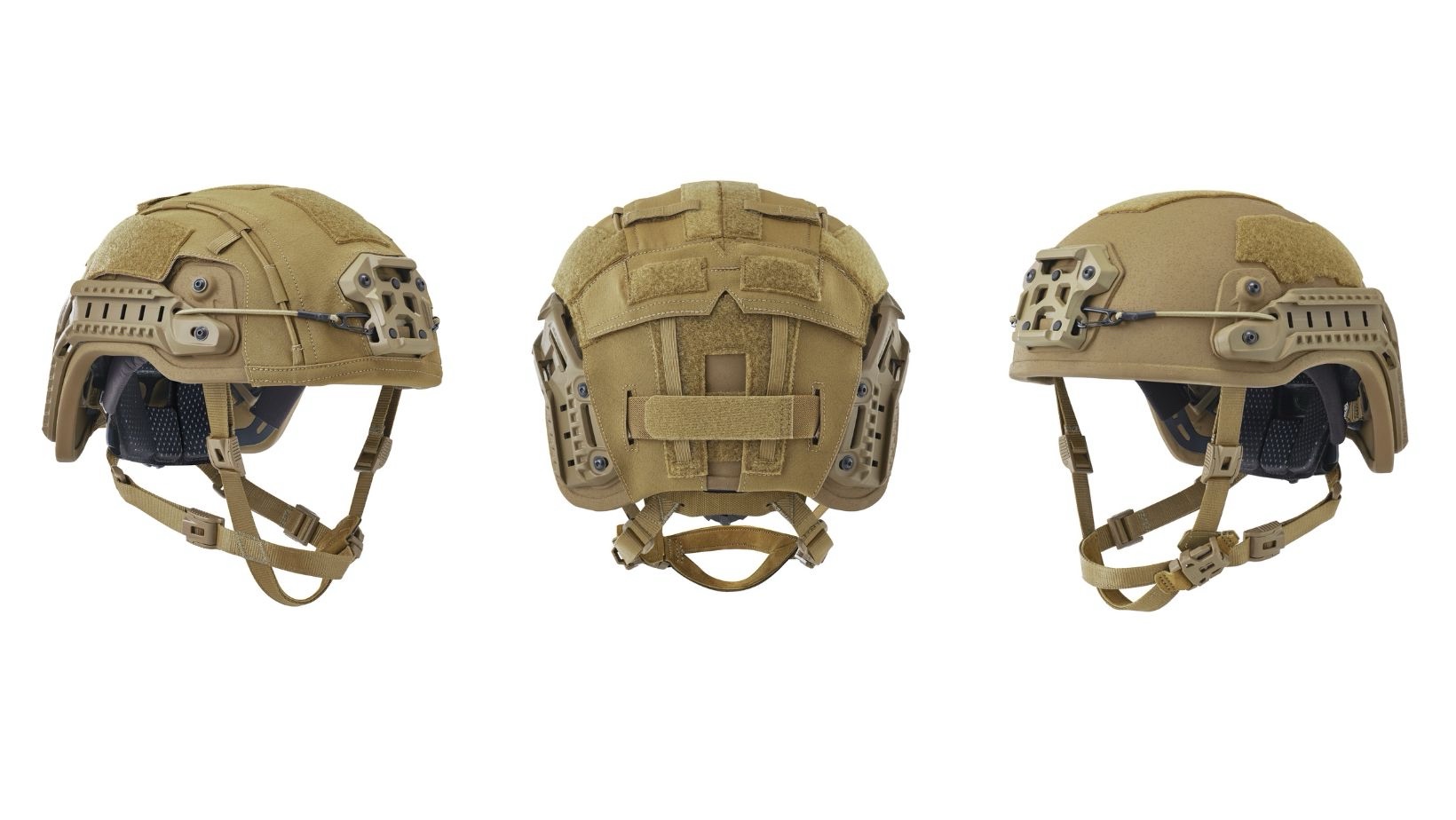
Understanding the operational needs of diverse end-user groups and developing unique solutions for specific customer requirements are critical to overall industry advancements. This case study showcases Galvion’s commitment to user-centric design, illustrating how a specific solution meets the needs of the operational challenges.
Galvion’s Integrated Helmet System (IHS) is a customized solution to meet the unique operational requirements of the U.S. Marine Corps (USMC). Developed over multiple years under the scope of an Other Transaction Agreement (OTA) with Marine Corps Systems Command (MCSC), Galvion collaborated closely with Marines to incorporate real-time feedback throughout the iterative development cycle, resulting in a purpose-built helmet system that provides an integrated head protection platform for the Marines.
Galvion’s IHS is built on the foundation of its PDxT™ helmet, combining an ACH front shape for ease-of-integration with existing accessories and a ridged-back design that provides structural stability and additional coverage. Galvion designed, built and tested prototypes demonstrating technical capabilities and integration with current USMC equipment including communication devices and visual augmentation systems, and has delivered over 1000 systems across two configurations to meet the Marine Corps requirements.
– ‘Block 0’ Baseline System: PDxT™ helmet featuring NVD shroud with stabilization bumpers, IHS rails with NVG clips and O2 attachments, NVG bungees, External Loop Pattern, Battery Retention Straps, the latest APEX™ liner system, and a customized helmet cover with cable management.
– ‘Block 1’ Integrated System: built off Block 0, with the addition of the E.D.G™ scalable power pack, single and dual cables to power SBNVG & SBNVG with E-Coti, Integrated Strobe, Task Light and optional HED.
The development of this helmet system marks a critical step forward in military head system equipment integration.
Evolution through Iterative Development
The development process for this system highlights the Marine Corps Systems Command’s commitment to engaging with industry in order to find the best solution for Marines. The MCSC organized multiple Limited User Evaluations (LUE) and Ballistic Testing events and supported a dozen additional Galvion internal LUE sessions. This direct collaboration is a fundamental pillar of Galvion’s design approach: using rapid prototyping capabilities in conjunction with direct USMC input to foster a fast-paced design-build-assess cycle. This mechanism ensured the system’s maturation responded directly to specific operational needs, resulting in innovative features and upgrades.
One of the critical priorities discovered during feedback sessions was the need for superior stability. Marines voiced a willingness to trade comfort for stability and effectiveness, scoring NVG stability as essential. Galvion’s Engineering and Human Factors teams used an iterative design process to adjust Galvion’s APEX suspension & retention system in order to ensure unmatched stability without compromising comfort, including a more robust fitband dial for easy adjustment even when wearing gloves, an improved harness camlock for quick adjustment, and a re-designed nape pad.
Galvion’s commitment to cultivating a close relationship with end-users and maintaining a continuous feedback loop instilled a sense of ownership amongst USMC users over the final product. Kevin Gonzalez, Senior Business Development Manager, and a former Marine, acknowledged this, stating, “Many leaders and end-users throughout the IHS evaluation process directly stated how they have witnessed Galvion’s dedication and desire to provide the best possible system to the men and women of the USMC. This is a reflection of listening to the end-user and rapidly implementing changes that enhance their mobility, survivability, and lethality on the battlefield.”
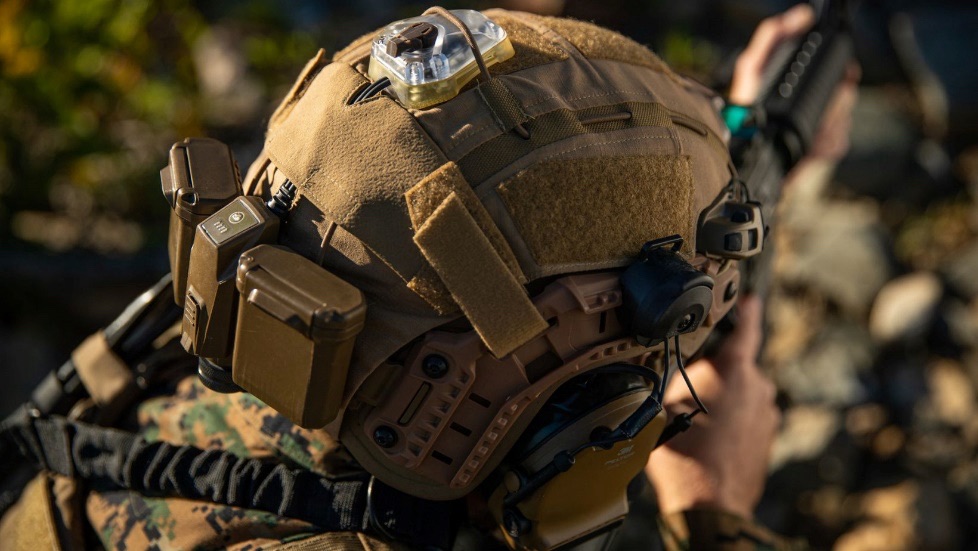
The spiral improvements made through intensive user feedback cycles benefit end-users beyond the Marines. Galvion will be releasing updates to its APEX™ liner driven by the USMC trials. The E.D.G™ (Energy Data Grid) scalable power system will be available for Galvion’s Batlskin Caiman® helmet, introducing the transition from ‘helmet’ to ‘integrated helmet system’ to a wider global customer base.
Galvion’s USMC PDxT™ head systems and Caiman® with E.D.G™ system will be on display at Shot Show 2024 – Booth #32003


